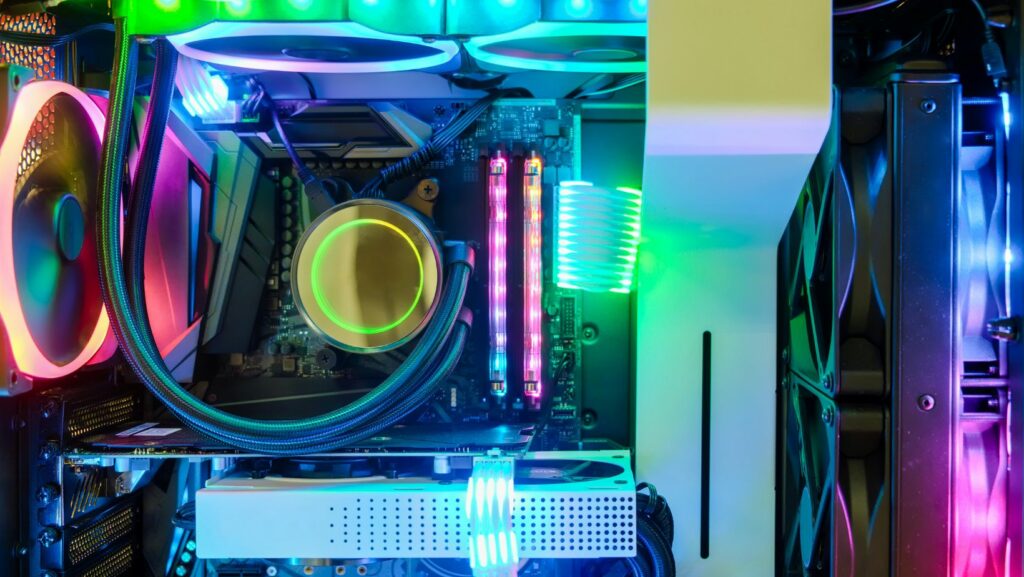Exploring Tablet Operating Systems: A Guide to iPadOS, Android, and Windows
Key Takeaways Understanding Tablet OS: Familiarize yourself with the main operating systems – iPadOS, Android, and Windows – each offers unique features catering to different user needs. iPadOS Features: Known for seamless multitasking and integration with Apple devices, iPadOS is ideal for those who prioritize app performance and ease of use. Android Versatility: Android’s open-source […]







